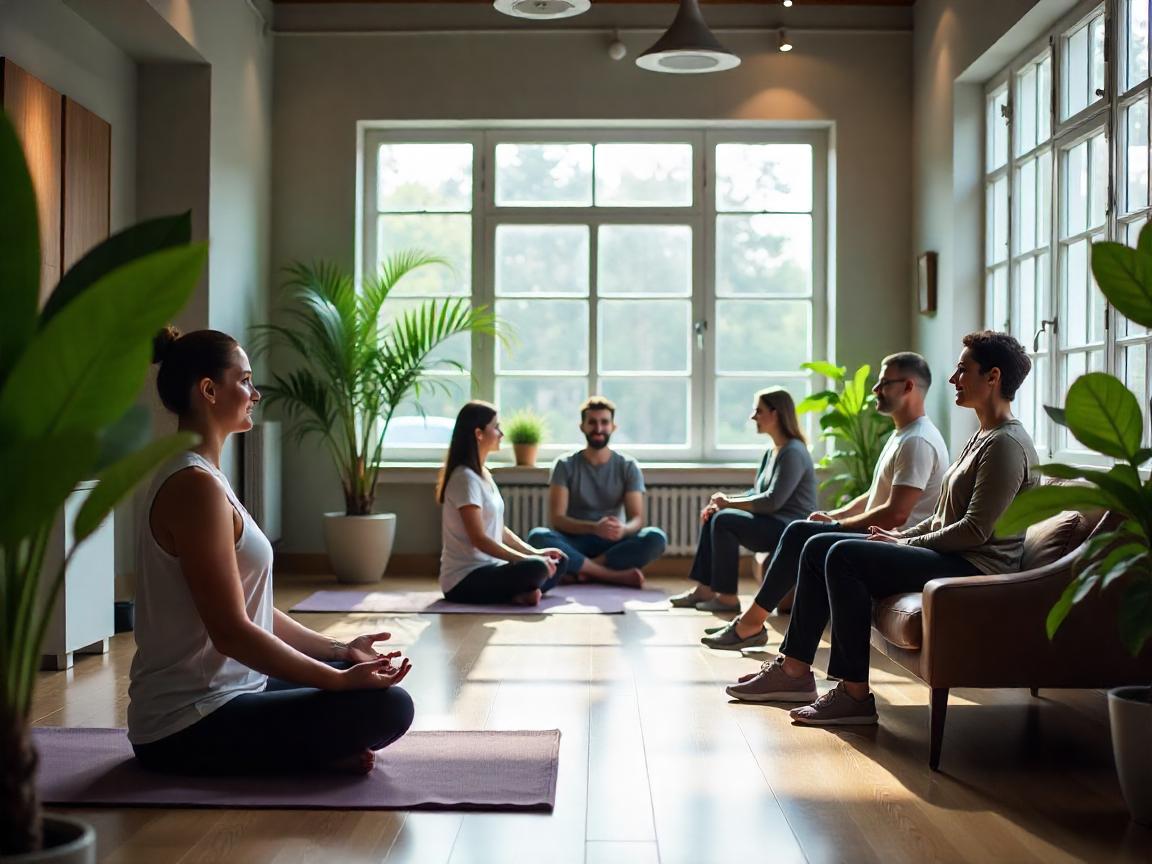
The Rise of Community Wellness Hubs: A Holistic Blueprint for Healthier Living
Imagine having your gym, therapist and nutritionist in the same building exchanging notes, working together on your health, and treating you as an individual, not a diagnosis? It is no longer science fiction in the future. It is already underway, and it is getting steam. By 2025, community wellness hubs transform the concept of health by integrating physical exercise, mental health services, and nutrition. consultation on the same roof.
This is not a new health fad trying to get attention. It is an answer to the incomplete, aging health systems that have never really focused on treating the individuals as a whole. The population’s increasing use of these hubs indicates a profound change in their demands: They are not satisfied with piecemeal solutions; rather, they need integrated care.
Why Holistic Health Is Becoming a Necessity, Not a Luxury
Why don t we begin with why. Health has stopped being something that comes under the strict definitions of diet regimes and exercise programs. Researchers found that in 2024, more than 68 percent of individuals said they would choose a health solution that covers mental, physical, and emotional well-being all at once. This is amidst the highest cases of chronic diseases and lifestyle related disorders ever recorded. According to the WHO, non-communicable chronic diseases (NCDs), which are strongly affected by food, stress, and lack of physical activities, will cause 74 percent of all deaths worldwide in 2023.
Here’s the fact: burnout is consuming individuals. We recognize how connected the bodies and the mind are with each other, especially now, when the pandemic is over. The demand of the millennials and Gen Z in particular are driving the health spaces that do not simply tap on the symptom, but can serve as the building block of a healthy life, one that can ensure a sustainable healthy existence.
The wellness hubs are up to the challenge with a service that is much less institutional and much more a community empowerment service.
Real-World Wellness Hubs Making a Difference
- Harlem Wellness Center (New York): This non-profit brings yoga, trauma counseling, and nutrition classes to underserved neighborhoods. Their model of connecting has minimized the number of ER visits by 19 percent in their locality as per 2024 data on local health.
- The Wellness Center at Fittipaldi, UK: A cutting-edge facility where cognitive behavioral therapy (CBT) practitioners, vegan chefs, and functional fitness trainers co-create individualized wellness programs. According to their internal feedback survey Q1 2025, customers describe their emotional well-being scores as up by 40 percent in 6 weeks.
- SEVA Circle (India): Homegrown project of a group of women in Maharashtra, which provides Ayurvedic health devices, mental wellbeing workshops, microfitness sessions, etc. It is the facility that sponsors more than 3,000 rural families nowadays.
They are not facilities, but systems of care. This theme is connected? Actual people and community requirements, not general health prescriptions, form their foundation.
Insights from the Field: Why Integration Works
Dr. Amira Sheikh, an integrative health consultant in London, has advised patients faced with anxiety who are making much faster progress in 3 months in a wellness hub than they did in 2 years of treatment.She suggests that therapists, fitness coaches, and dietitians cooperating with each other can identify underlying patterns, such as the fact that insufficient sleep associated with nutritional deficiencies may cause panic attacks.
This model is supported by science as well.According to a 2025 study that appeared in The Lancet Psychiatry, physical activity is effective in 42 percent of cases by being integrated into dietary interventions and cognitive therapy in the reduction of depression.Meanwhile, the effect of the mental state on the health of the intestines is measurable, which, subsequently, affects the immune response an archetypical mind-body feedback loop.
Nevertheless, this combination is not smooth.Logistical challenges such as synchronizing insurance cover, establishing multi-disciplinary teams, and making data privacy within the services quite common in many hubs.When they do succeed though, the consequences are multiple.
The Road Ahead: Balancing Growth and Community Roots
Naturally, as any expanding movement there is the danger of losing its soul. Scalability is one of the largest problems community wellness hubs have to deal with at present. Is it possible to scale up a model centred in intimacy, collaboration, and customisation, without turning sterile or commercial?
A number of pilot programs are attempting. The Toronto Wellness Cooperative is employing AI technology to make the process of sharing patient insights cross-disciplinary and concurrently upholds the human-centered nature of counseling. Simultaneously, a social venture, FitWell Africa, in Kenya implements a mobile wellness truck approach to deliver integrated care to low-income groups in Kenya, rather than introducing a Western concept of a hub.
To become the actual success story, wellness hubs require the support of the population, adoption of tech ethics, and sources of funding that put equity over exclusivity.
Conclusion: The Health Movement We’ve Been Waiting For
We shouldn’t see community wellness hubs as innovative spaces of the future; rather, they reflect how people are responding to a health system that often feels disconnected, rushed, and impersonal.They bring a radical thing in the current medical field of practice: time, context, and care. And me, as a former hopsanomad between a dietitian, a therapist, and a physiotherapist in three separate offices, where none of them communicated with the other, I can inform you: this format is the future we should be getting.
The point is then: What could it take to start a wellness hub in your community, even if there is none yet? Maybe, given the proper voices, money and aim–it can start with you.
